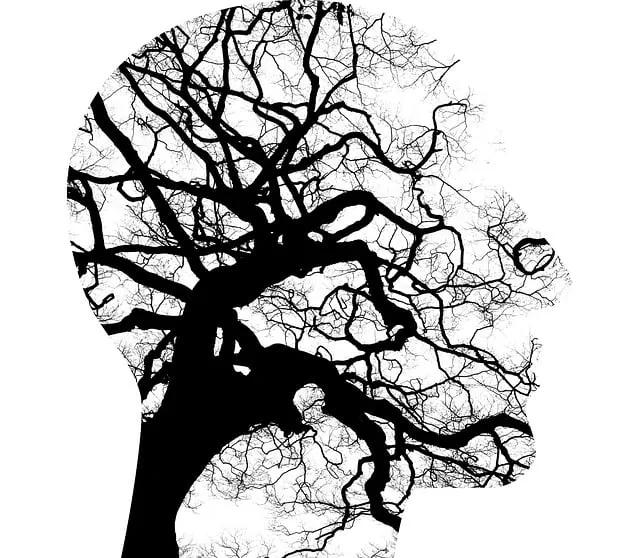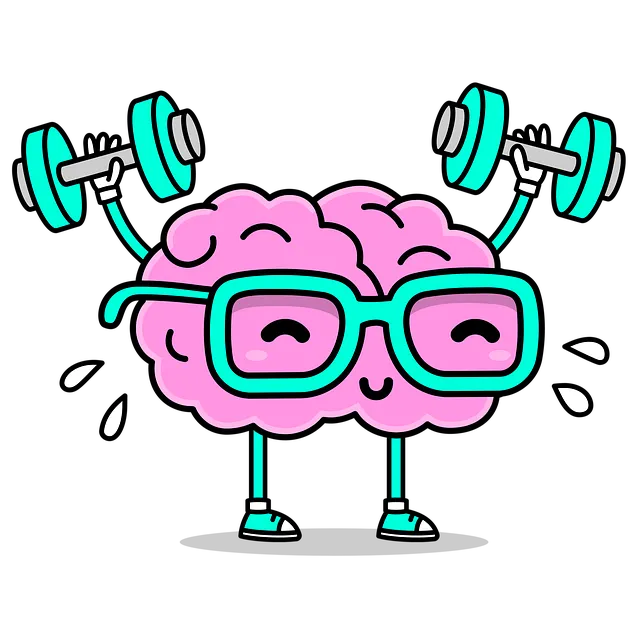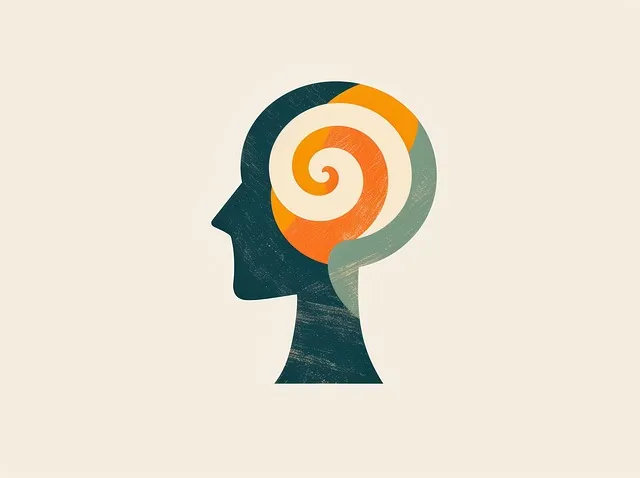Evaluating the impact of mental wellness programs at the Kaiser Permanente Mental Health Access Center Golden demands a balanced approach combining quantitative and qualitative methods. Surveys, statistics, and patient feedback track measurable outcomes while interviews and focus groups capture subjective improvements. This comprehensive strategy enables evidence-based decisions for program enhancement, focusing on burnout prevention, tailored service delivery, and fostering inner strength within the organization. By prioritizing continuous improvement based on data analysis, Kaiser Permanente Mental Health Access Center Golden optimizes services like emotional healing processes to meet evolving community needs.
Evaluating mental wellness programs is vital for understanding their impact and improving community well-being, especially at centers like Kaiser Permanente’s Golden Mental Health Access Center. This article explores evaluation methods that go beyond quantitative measures, delving into patient feedback, qualitative assessments, and continuous improvement strategies. By examining data collection techniques, we uncover how Kaiser Permanente’s approach ensures the program’s success and enhances mental health access for all.
- Understanding Program Impact: Evaluation Methods for Mental Health Initiatives
- The Role of Data Collection in Assessing Kaiser Permanente's Approach
- Patient Feedback and Satisfaction Surveys: A Key Component
- Measuring Success: Qualitative vs. Quantitative Assessment Techniques
- Continuous Improvement: Using Evaluation Findings to Enhance the Center's Services
Understanding Program Impact: Evaluation Methods for Mental Health Initiatives

Evaluating the impact of mental wellness programs is a multifaceted process that goes beyond mere satisfaction surveys. To truly understand the efficacy of initiatives like those offered at the Kaiser Permanente Mental Health Access Center Golden, researchers and practitioners must employ a variety of methods. These include qualitative approaches such as interviews and focus groups, which provide deep insights into participants’ experiences and changes in self-perception, particularly regarding conflict resolution techniques and building self-awareness exercises.
Quantitative methods, including surveys and statistical analyses, offer measurable outcomes related to program access, engagement, and satisfaction. By comparing pre- and post-program data, evaluators can gauge the confidence-boosting effects of these initiatives. Ultimately, a holistic evaluation considers both subjective reports of improvement and objective data on mental health outcomes, enabling evidence-based decisions for continuous program enhancement.
The Role of Data Collection in Assessing Kaiser Permanente's Approach

The evaluation of any mental wellness program hinges on robust data collection methods, and Kaiser Permanente’s approach to mental health is no exception. By establishing dedicated access centers like those in Golden, Kaiser Permanente leverages data as a powerful tool to understand and improve patient outcomes. This strategic move enables a comprehensive Mental Health Policy Analysis and Advocacy, ensuring that services are tailored to meet the diverse needs of the community.
The process involves collecting and analyzing various data points, from patient demographics and service utilization rates to treatment effectiveness and satisfaction levels. This data-driven approach not only helps in identifying areas for improvement but also fosters Burnout Prevention by recognizing early warning signs among mental health professionals. Moreover, it promotes Inner Strength Development within the organization as staff can leverage insights to design more impactful interventions and programs.
Patient Feedback and Satisfaction Surveys: A Key Component

Patient Feedback and Satisfaction Surveys play a pivotal role in evaluating mental wellness programs at Kaiser Permanente mental health access centers like Golden. These surveys are designed to gather insights directly from individuals who have benefited from or are actively engaged in various program components, such as Self-Awareness Exercises and Communication Strategies. By asking recipients about their experience, satisfaction levels, and perceived improvements, the survey data provides valuable information that guides continuous improvement efforts.
The feedback received through these surveys is not just quantitative metrics but also qualitative comments that offer deeper understanding. Patients share their stories of transformation, highlighting the positive impact of the mental wellness programs on their daily lives. This feedback loop ensures that the services offered align with real needs and expectations, fostering a more effective and patient-centric mental health care system at Kaiser Permanente.
Measuring Success: Qualitative vs. Quantitative Assessment Techniques

Evaluating the success of mental wellness programs is a multifaceted endeavor, requiring both qualitative and quantitative assessment techniques to gain a comprehensive understanding. While quantitative methods provide tangible metrics like reduced medication usage or decreased hospital admissions at the Kaiser Permanente Mental Health Access Center Golden, they might miss subtle improvements in participants’ lives. Qualitative assessments, such as interviews and focus groups, offer deeper insights into individuals’ experiences with stress reduction methods and mood management techniques acquired through mental wellness coaching programs development.
By combining both approaches, professionals can better gauge the overall impact of these initiatives. Quantitative data gives a snapshot of program effectiveness on a larger scale, while qualitative feedback allows for a more nuanced view of individual journeys. This dual-pronged strategy ensures that progress is not only measured by statistical norms but also by the tangible differences in mental wellness coaching programs development that positively affect participants’ lives at the Kaiser Permanente Mental Health Access Center Golden and beyond.
Continuous Improvement: Using Evaluation Findings to Enhance the Center's Services

At the Kaiser Permanente Mental Health Access Center Golden, continuous improvement is a cornerstone of their service delivery model. Evaluation findings from various methods, including participant feedback, outcome measures, and program audits, serve as invaluable tools for refining and enhancing services. By analyzing data collected through these assessments, the center can identify areas that require adjustments and implement evidence-based strategies to better support individuals seeking mental wellness.
This iterative process enables the Kaiser Permanente Mental Health Access Center Golden to optimize its offerings, ensuring they align with the evolving needs of the community. For instance, findings might highlight a need for additional resources dedicated to specific emotional healing processes or self-awareness exercises that facilitate self-esteem improvement. Consequently, the center can allocate resources more effectively, potentially expanding certain programs or introducing new ones to create a more holistic and impactful experience for clients.
The evaluation of mental wellness programs, such as those at the Kaiser Permanente Mental Health Access Center in Golden, is a multifaceted process that combines quantitative data analysis with qualitative insights. By employing patient feedback surveys and diverse assessment techniques, the center can accurately gauge program impact and identify areas for improvement. Integrating these findings fosters continuous enhancement, ensuring the services remain tailored to meet the evolving needs of the community, thereby optimizing mental health access and outcomes.






